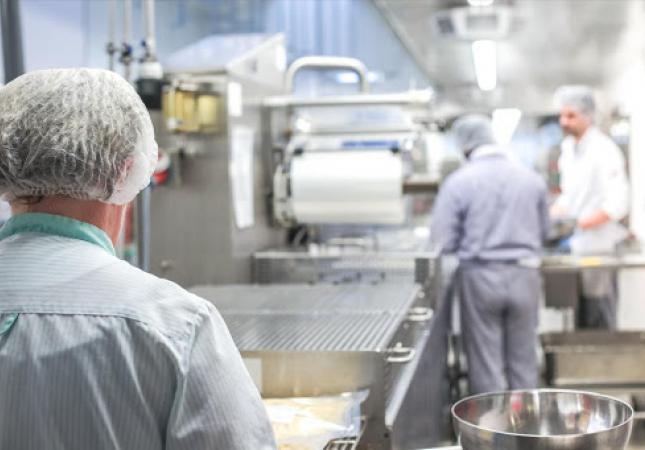Sadly food recalls have become a norm and increasingly consumers are getting immune to the recall announcements! Fact check-in 2018 alone, there were 125 food-related recalls that included more than 20 million pounds of food being recalled according to the United States Department of Agriculture. Recalls have a huge impact and are undoubtedly a huge threat to the food industry overall. Most recalls are often because of the complex food supply chain that goes through oversight from the regulatory bodies. Not only it impacts public health, but the cost due to the losses incurred for the company is enormous.
Companies could lose between $30 to $100 million in food recalls – which includes direct costs like
- Notifications to Stakeholders – Regulatory bodies, supply chain, consumers.
- Retrieval of the Recalled Product/s – bringing it all back from across the country.
- Storage & Destruction
- Wastage of unsold products
- Labor to get all of the above, taken care of.
The indirect cost which actually is the most significant cost to the company includes –

Thus comes the obvious question – how can food recalls be prevented or at least controlled effectively, through the use of technology as a proactive measure. The value of prevention and control have a lasting positive impact on consumers, and brand perception. The number of recalls means the ability to detect foodborne contamination has improved. It also means that there haven’t been enough ways to control or lower the contamination probabilities.
Is there a possibility of all the emerging technologies when combined well could be a solution to the problem at the source? The answer is yes!
Big Data & IoT
One of the toughest challenges for providers in the supply chain and regulatory bodies cannot track the point of contamination – basically the source where the contamination took place. RFID tags and barcodes have been good to identify products overall and their locations, but details on the environment, temperature, exposure of the produce/product have been hard to capture. And this is where IoT and Big Data could be potential problem solvers. With high- tech sensors that are connected with surrounding environments to record every activity related to the product can be tracked – irrespective of the geographies. The sophisticated sensors are able to provide data about the products and its surroundings like temperature, and environmental conditions that impact quality and safety. Being able to track all these factors could provide useful insight into being able to identify the probable points of contamination. Big Data then comes into the picture where all the data when captured could help in assessing records, patterns, and thus predict. Imagine being able to collect all the data and be able to find the maximum number of recorded points of pest infestations! The storage providers would be able to fix the infestation problem, thus solving the issue at the root or even collecting enough evidence through data about a certain type of bacteria that only impacts certain produce. The possibilities of finding breakthroughs to produce related problems through IoT and Big Data is immense, and organizations could derive tangible ROI!
Automation of Quality Review Process
In the supply chain, many processes, labor, and other touchpoints are involved. It can be a lengthy and difficult job to keep track of the food as well as monitoring the quality. With automation, through appropriate systems, many defects and issues can be identified while the product involved with food production is still in the supply chain. Automation and analytics through real-time and continuous data availability will enable quality control teams to access information faster and earlier before shipment. The processes within the quality review that are routine and repetitive can be effectively automated, saving a significant amount of time, effort, and throw light on the blind spots that can be associated with manual work.
Use of Immutable Digitized Record Keeping
Once all the tracking, monitoring, and data collection have been done – what can be done to gather all the data that has been entered by different members in the supply chain? Enter the digitization of record-keeping that is transparent, immutable, and easily accessible – Blockchain. When Blockchain is used along with IoT, analytics, data, quality review reports, a commendable wealth of data can be gathered to be used in the field – for improvisation, as well as reducing the number of recalls, thus saving a lot of wastage! Whether it is farmers or consumers, everyone who is a participant in the supply chain and thereafter would have access to the information. Thus food safety can be improvised considerably.
It is a long way however for Food Industry to take the gigantic leap; particularly because of the limited availability of success stories, concerns, and myths surrounding various emerging technologies. In our next blog, we will cover what is preventing organizations from adopting some of the emerging technologies.
